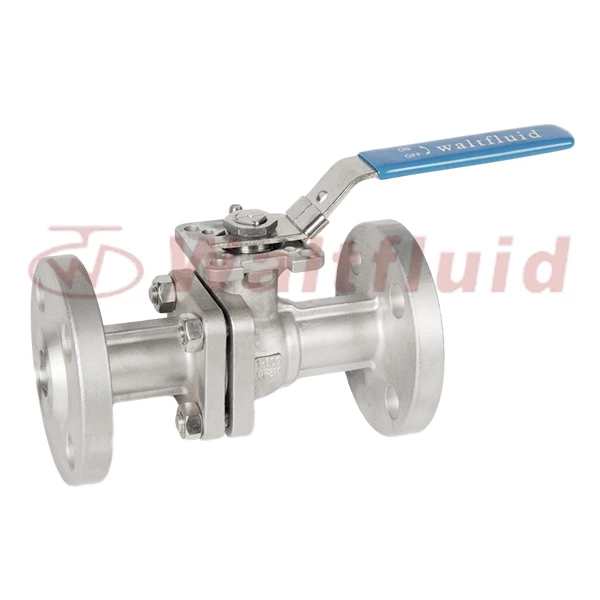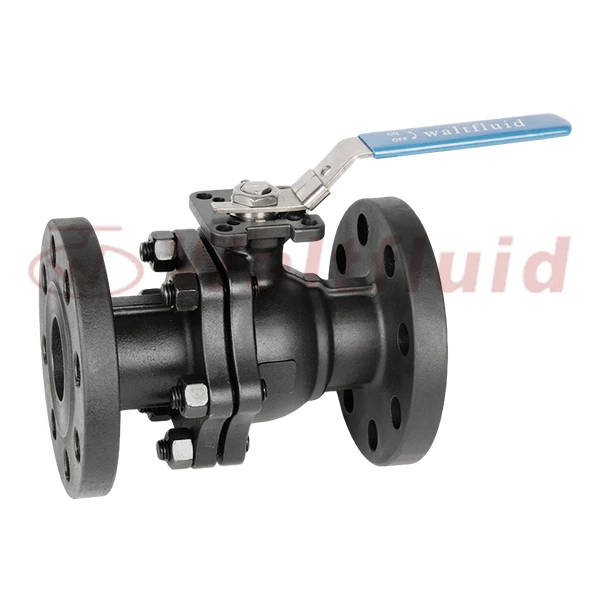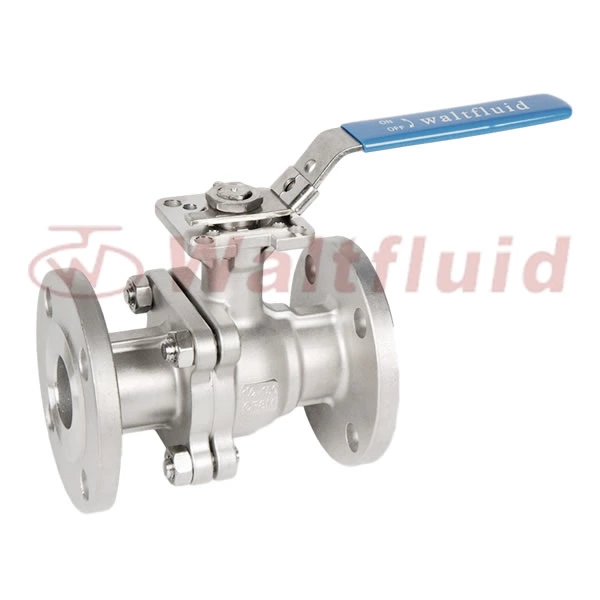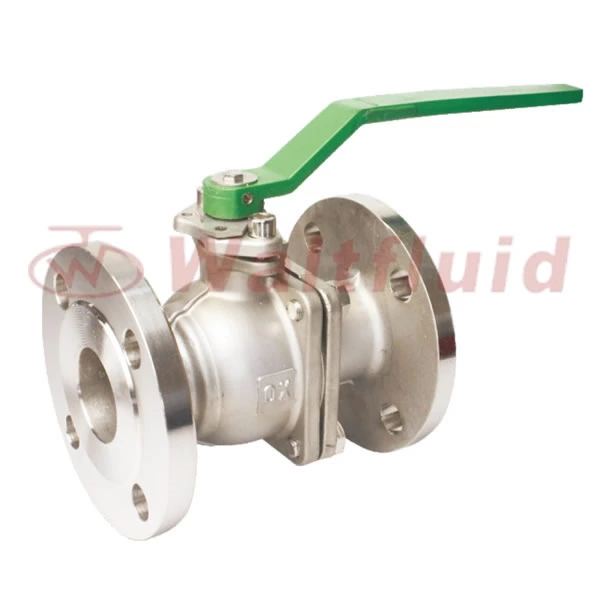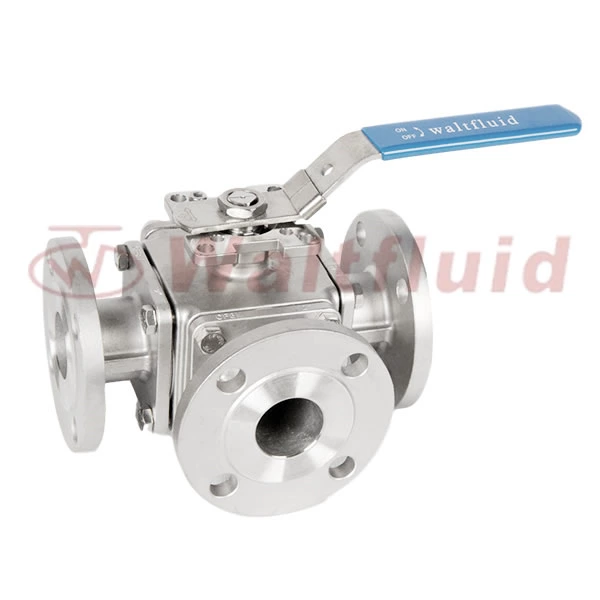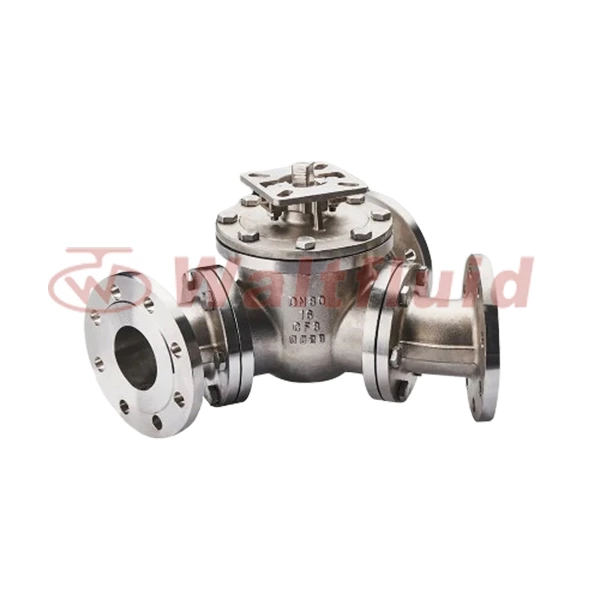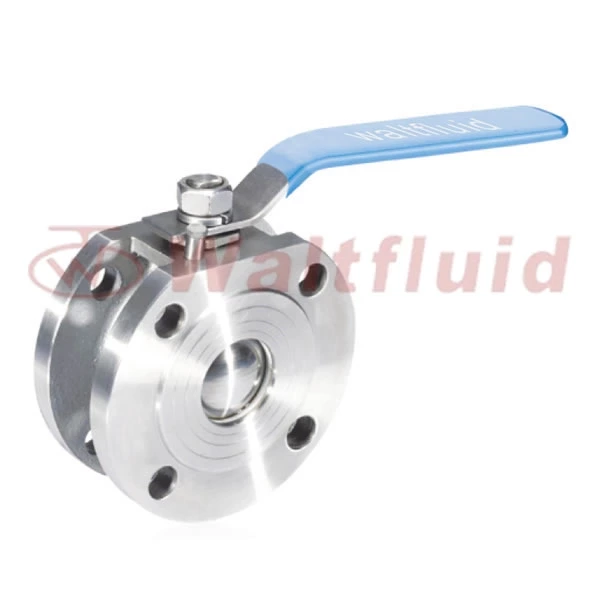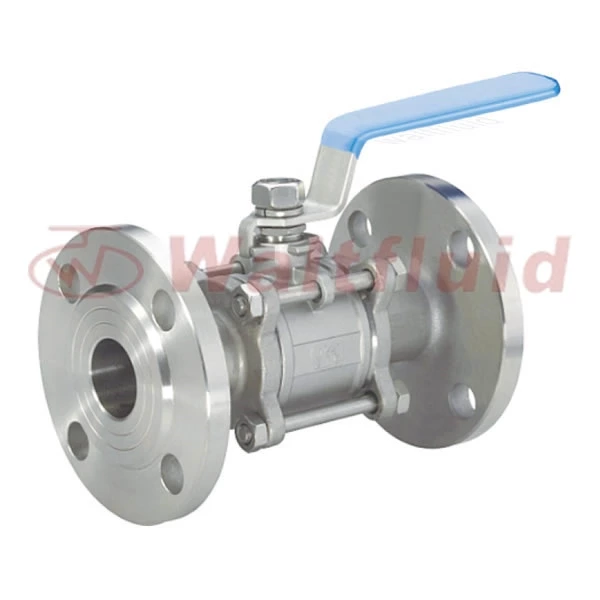Structural Features Of Split Insulation Ball Valve
We know that the main function of Wafer Ball Valve is to cut off, distribute and change the flow direction of the medium. However, when the ball valve is used in high-viscosity chemical media, the temperature drop will cause the medium to condense, and crystals will form on the surface of the ball and the sealing surface of the valve seat. The crystals adsorbed on the ball will cause difficulty in opening and closing the ball, accelerate wear, and seriously affect the service life of the ball valve. Therefore, we need an insulated ball valve to solve this problem.
At present, there are many types of insulated ball valves, but generally speaking, there are integrated and split insulated ball valves. We have introduced the integrated insulated ball valve before, and today we will talk about the split insulated ball valve.
The split-type thermal insulation ball valve includes a valve stem, a ball, and a valve seat, and is characterized by:
The valve body is divided into a primary valve body and a secondary valve body, and the ball is arranged in the primary valve body; the valve seat is arranged between the ball and the primary valve body, and is closely fitted with the ball to form a sealing surface; a hollow heating sleeve is also arranged in the primary valve body, one end of the heating sleeve is against the valve seat, and the other end exceeds the primary valve body, and a radial boss is arranged; a through hole is arranged in the axial direction of the boss, and a channel connected to the heating sleeve is opened in the radial direction; a heating resistance wire is wound in the heating sleeve.
The valve body of the split-type thermal insulation ball valve is easy to produce, process and assemble because it adopts a split type. The primary valve body, the secondary valve body and the heating sleeve are fixed by bolts, which is also convenient for disassembly and inspection during repair. If the heating sleeve is damaged, it is also convenient to replace the heating sleeve, so that the thermal insulation ball valve can continue to work. Resistance wire heating is adopted. Compared with steam or hot water heating, resistance wire heating requires less materials and parts, has a simple structure, is easy to implement, and the resistance wire heating method has a fast heating speed and high efficiency.
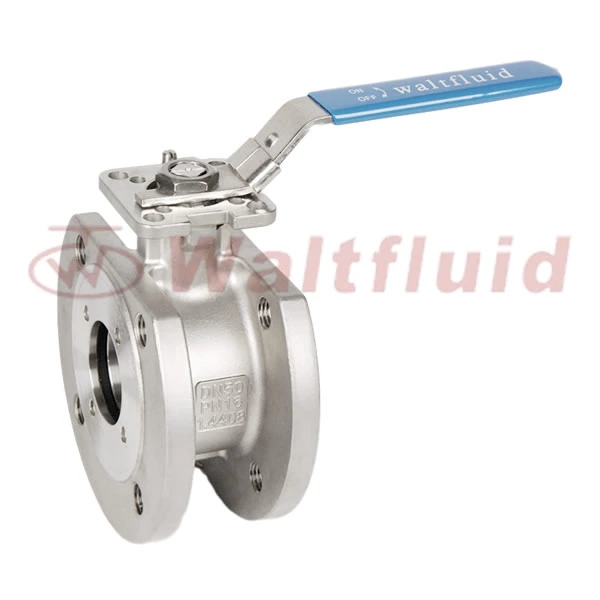
 English
English 中文
中文 Pусский
Pусский  Español
Español
